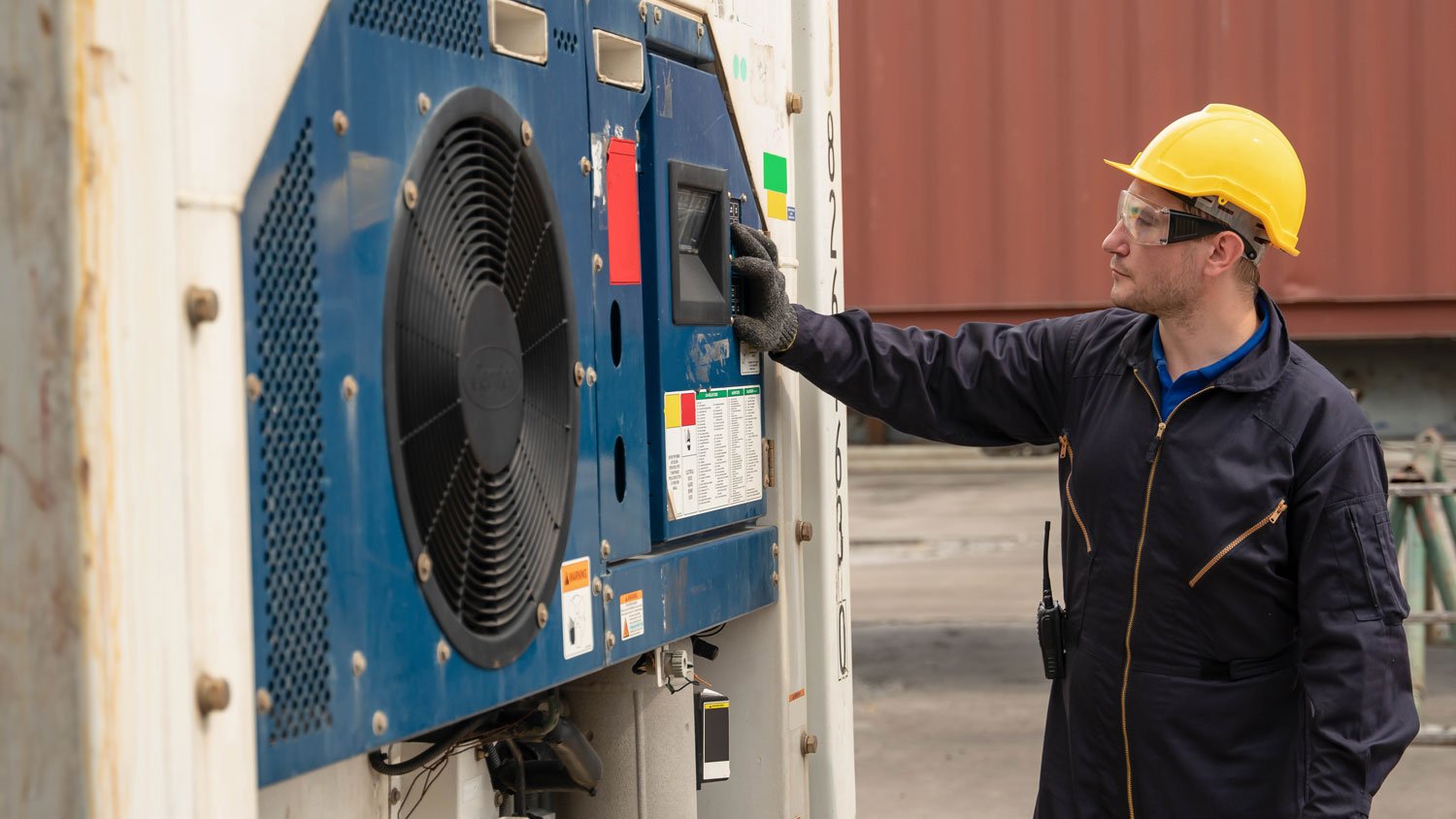About Refrigeration & Air Conditioning Mechanic
Working as a Refrigeration and Air Conditioning Mechanic you would select components, install, set up, test, fault find, repair and maintain refrigeration systems and equipment that apply to food storage and preservation, air conditioning and air distribution equipment in buildings and premises.
The training
To become a trade certified Refrigeration and Air Conditioning Mechanic, you generally complete an apprenticeship which results in a Certificate III in Refrigeration & Air Conditioning. The apprenticeship usually takes 48 months to complete.
The apprenticeship program features on the job training under the supervision of a qualified Refrigeration and Air Conditioning Mechanic and off the job training at a registered training provider such as a WA TAFE college.
Skills you will learn
During the training program to become a Refrigeration and Air Conditioning Mechanic, you will learn practical skills and underpinning knowledge. A training program will be created for you that will include such competencies as how to:

Apply work health and safety regulations, codes and practices in the workplace
Document and apply measures to control WHS risks associated with electrotechnology work
Fabricate, assemble and dismantle utilities industry components
Fix and secure electrotechnology equipment
Solve problems in ELV single path circuits
Use drawings, diagrams, schedules, standards, codes and specifications
Participate in refrigeration and air conditioning work and competency development activities
Diagnose and rectify faults in air conditioning and refrigeration control systems
Establish the basic operating conditions of air conditioning systems
Establish the basic operating conditions of vapour compression systems
Find and rectify faults in single phase motors and associated controls
Find and rectify faults in three phase motors and associated controls
Install refrigerant pipe work, flow controls and accessories
Install, commission, service and maintain air conditioning systems
Install, commission, service and maintain low temperature systems
Install, commission, service and maintain medium temperature systems
Prepare and connect refrigerant tubing and fittings
Recover and charge refrigerants
Safely handle refrigerants and lubricants
Select refrigerant piping, accessories and associated controls
Solve problems in low voltage refrigeration and air conditioning circuits
Verify functionality and compliance of refrigeration and air conditioning installations
Apply environmentally and sustainable procedures in the energy sector
Attach cords and plugs to electrical equipment for connection to a single phase 230 Volt supply
Attach cords, cables and plugs to electrical equipment for connection to 1000 V a.c. or 1500 V d.c.
Disconnect - reconnect electrical equipment connected to low voltage (LV) installation wiring
Locate and rectify faults in low voltage (LV) electrical equipment using set procedures
Maintain microbial control of refrigeration and air conditioning systems
Resolve problems in beverage dispensers
Resolve problems in central plant air conditioning systems
Resolve problems in industrial refrigeration systems
Resolve problems in post-mix refrigeration systems
Career Pathway Examples for Refrigeration & Air Conditioning Mechanic
Please note that programs can vary to some degree and this list is an example only.
| Certificate II | Certificate III | Certificate IV | Diploma | Advanced Diploma |
|---|---|---|---|---|
| Electrotechnology trainee Air conditioning & Heat Pump Installer |
Refrigeration and Air Conditioning Mechanic |
Energy Management Control Technician |
Refrigeration and Air Conditioning Technical Officer Electronics Engineering Technologist |
Refrigeration and Air Conditioning Engineer |

